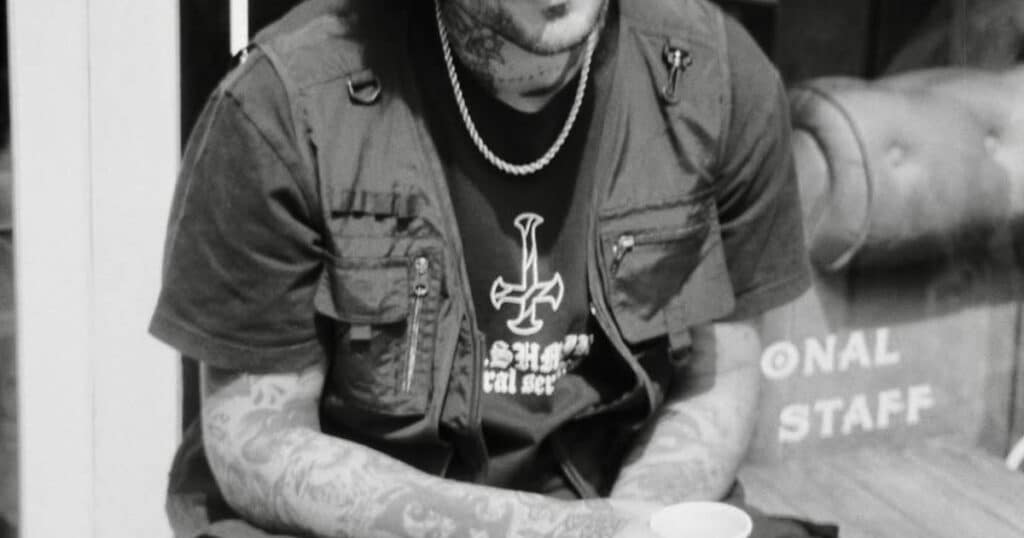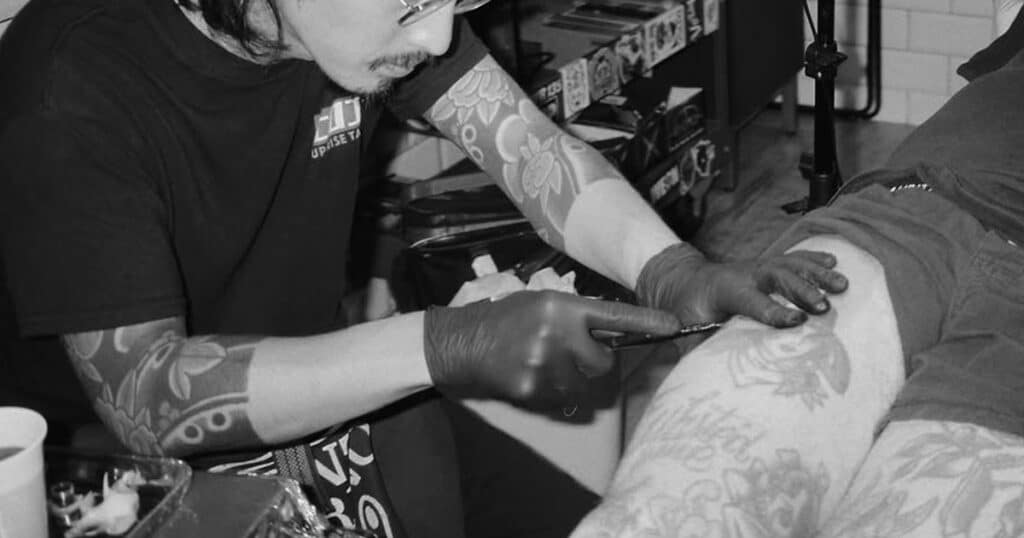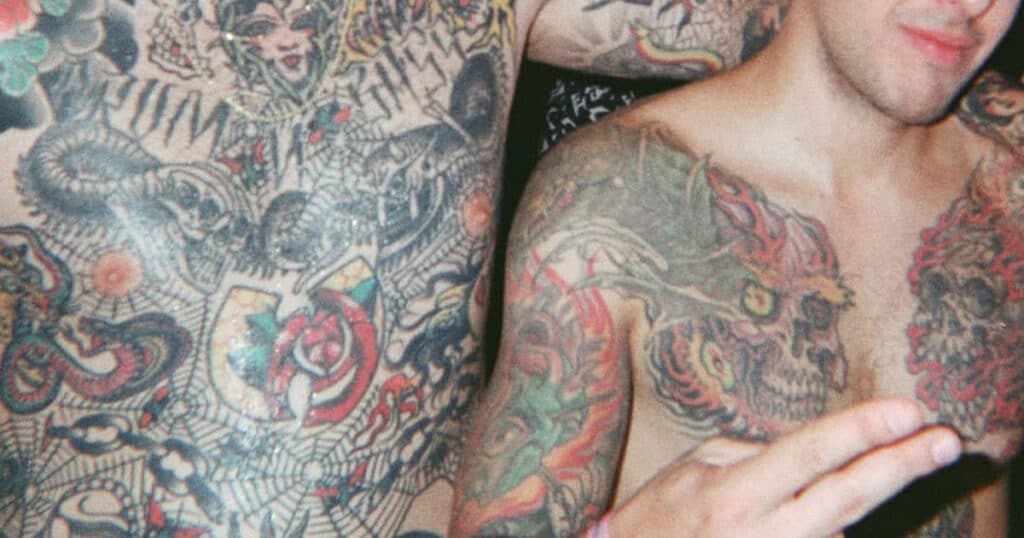The skin holds. Not like a diary, nor like a photograph, but it holds. The skin records, even before the tattoo. It records blows, habits, gestures, routines. Scars. Sun. Age. Then the ink comes, and the body begins to write in a different way. Tattoos and memory, in the end, that’s what it’s about.
A tattoo is not just an image. It can be, of course. Sometimes it’s just that and nothing more. But often, the tattoo is a way to keep something still. To anchor a feeling, a stage, a decision. The tattoo turns the body into an archive.
And there isn’t just one type of archive. Some people get tattooed because they lost something. Some because they gained. Because they changed. Because they understood something. Or simply because they like how it looks. All that is valid. All that remains.

Not everything needs to have a why. Some people tattoo a figure, a line, a composition, without the need for a narrative. The visual for the visual. Sometimes the graphic speaks clearer than words. Some people see something that resonates with them and want to carry it. Like someone hangs an artwork at home. Like choosing a garment, but with no expiration date.
And that also says something. It speaks of taste, of the present, of the perspective of that person at a specific moment. Even if it doesn’t explain. Even if there is no explanation. The form, sometimes, is enough.
There are bodies that become a multi-authored archive. A piece from here, another from there. Different styles, different moments, different artists. Ink collectors. People who don’t need a story per tattoo, because the story is in the accumulation. In the journey. In the dialogue between pieces.
The skin, then, becomes a gallery. Shared space. Portable museum. Archive without a catalog, but with its own logic.

There are tattoos made by impulse. By mistake. By play. Quick designs. Drunkenness. Poorly thought-out ideas that, over time, become part of the archive. Those too are tattoos and memory. Not everything kept was meant to last, but that doesn’t stop it from becoming memory.
The accidental also builds. Also marks. And many times, those tattoos are the ones that end up saying the most. Not because they were born with intention, but because time gave them weight. Because they survived.
Some people get a tattoo to close a stage. Some to start a new one. To mark a recovery. An achievement. A decision made. The tattoo as a reminder of something good. Not as a tribute to pain, but as an affirmation of being. Of existing. Of having arrived.
In those cases, the tattoo doesn’t cover a wound: it illuminates it. It becomes part of something more extensive. There is no drama. There is clarity.
Perhaps the oldest way of using the tattoo: mourning. Remembrance. The presence of the absent. Dates, names, faces. Sometimes symbols. Tattoos that are not shown much. That are not explained. But they are there, functioning as a private form of resistance. As a way not to let go completely.
They don’t need grand stories. Just a gesture. A silent permanence.
Tattoos, in the end, are a form of language. Not always clear. Not always public. But language nonetheless. Some are easily read. Others not. And not all want to be read.
But all are saying something.
The skin is an incomplete archive, messy, sometimes contradictory. But real. Alive. In permanent construction. Each tattoo adds a layer. A note. A clue. It doesn’t matter if it comes from the most elaborate design or the briefest impulse. The important thing is that it remains.
And by remaining, it holds

Whatever your process and reason for getting a tattoo, for us it will always be a pleasure to be a part of it.